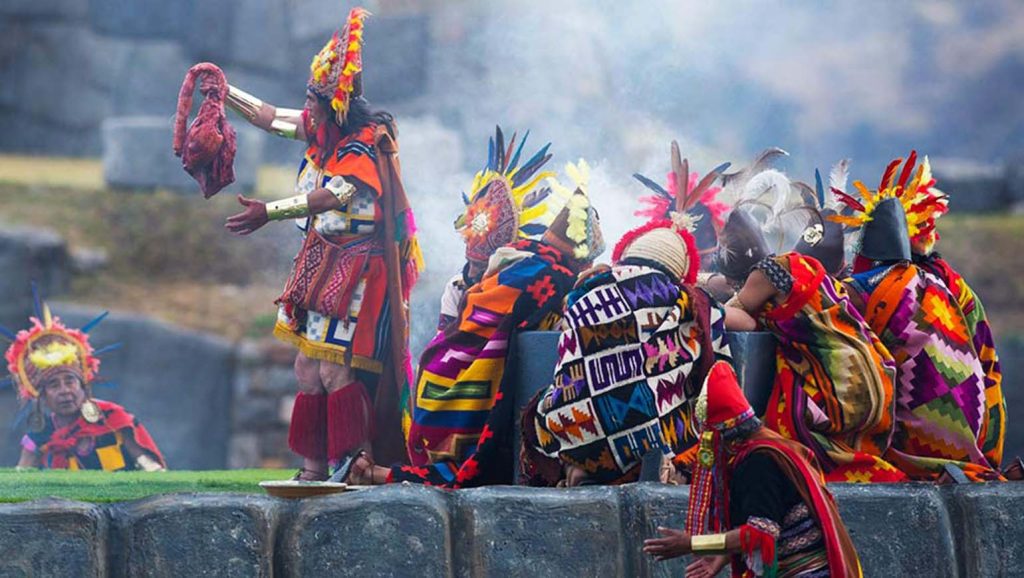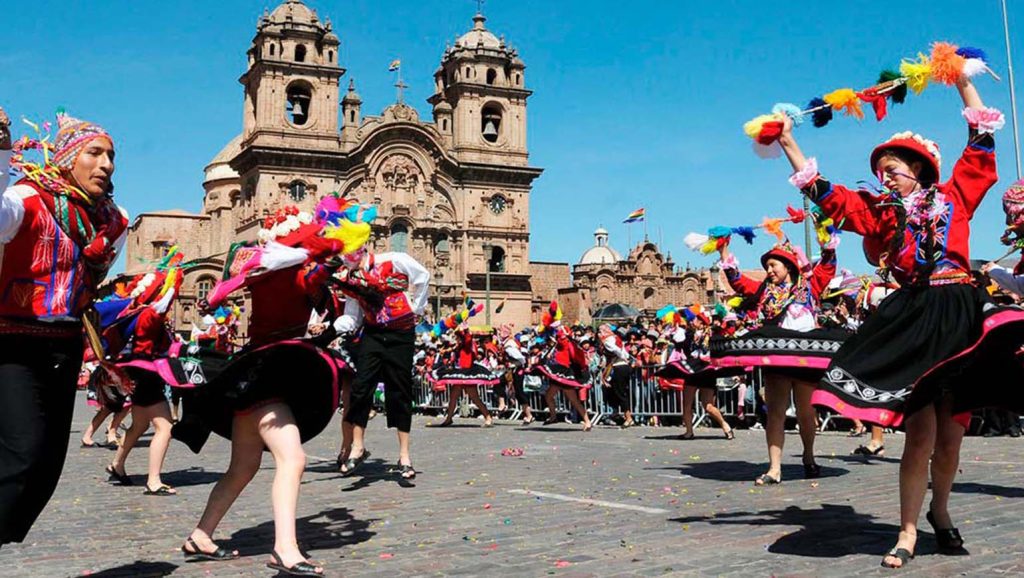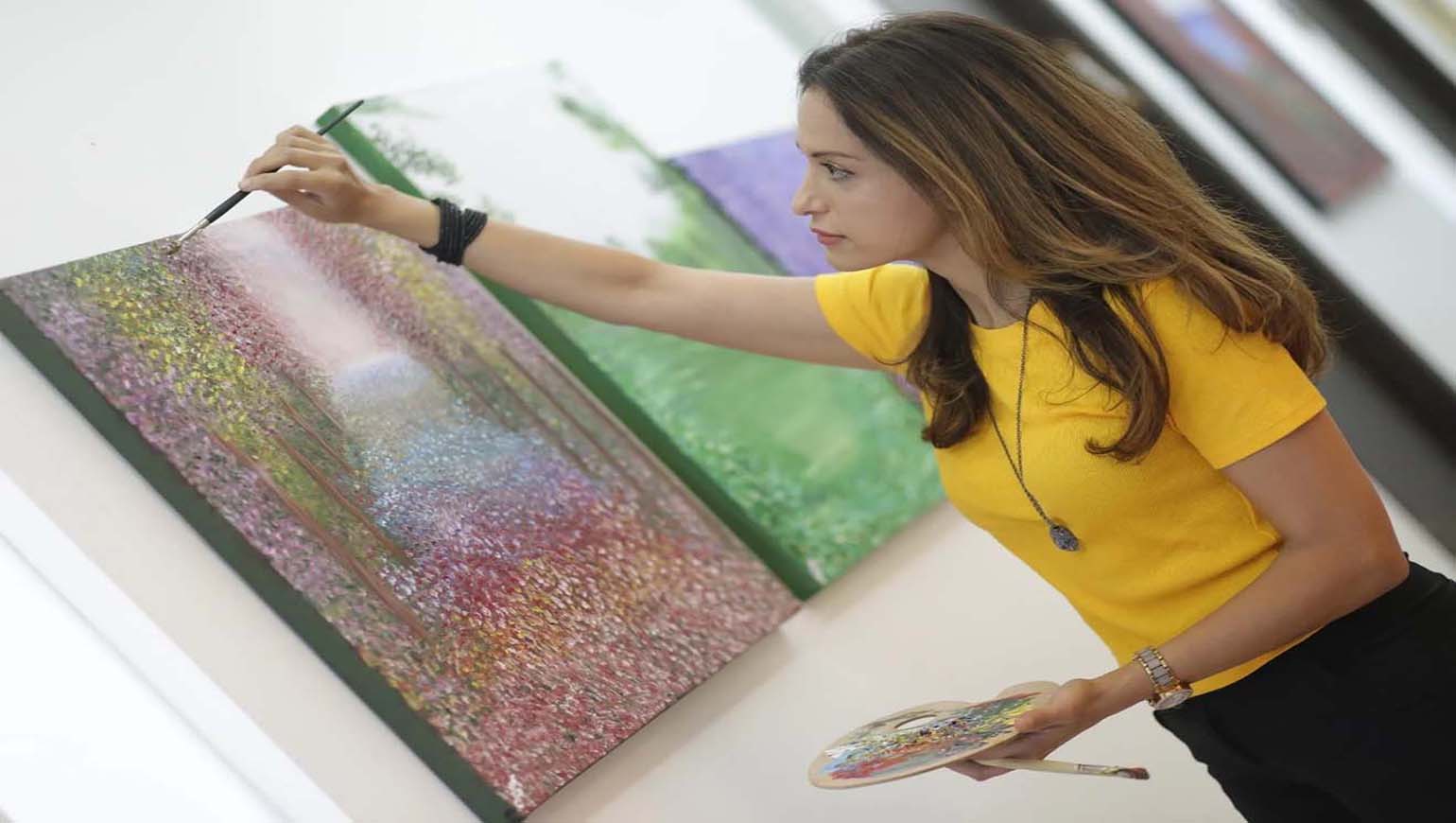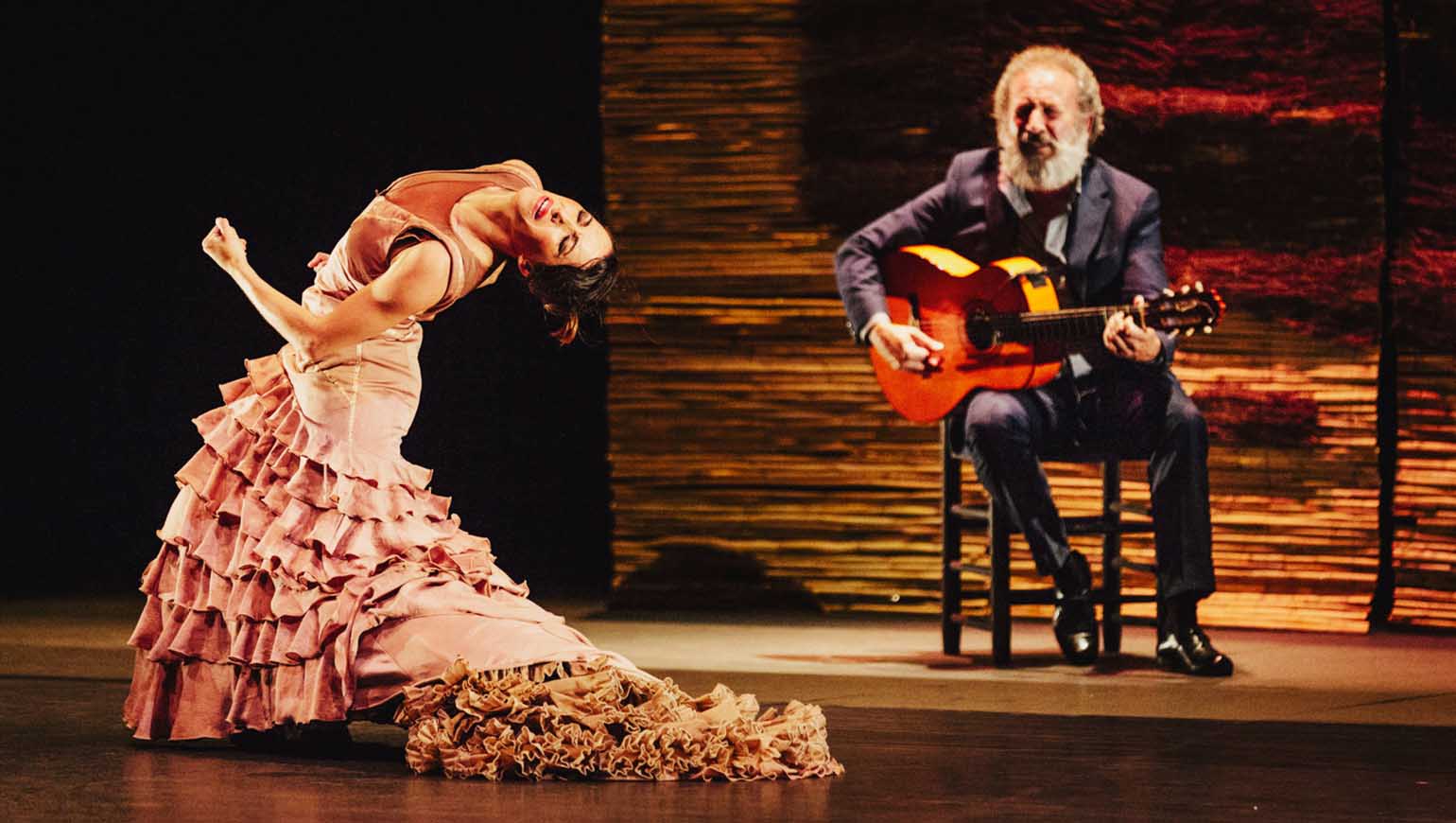Cusco, situated high in the Peruvian Andes, is not only a destination renowned for its breathtaking landscapes and historical wonders but also a cultural treasure trove.
1. Embrace Quechua Culture
Cusco stands as the historical heart of the Inca Empire, and today, the Quechua culture continues to thrive. Although Spanish is widely spoken, many locals are fluent in Quechua, the indigenous language. Take the time to learn a few basic Quechua phrases as a gesture of respect for the region’s cultural heritage.
2. Dress Respectfully

The residents of Cusco often don traditional attire, characterized by colorful woven garments and intricate textiles. When visiting sacred sites or engaging in cultural events, consider dressing modestly and in a way that pays homage to the local culture. Wearing traditional clothing yourself can be a beautiful display of appreciation for the area’s heritage.
3. Participate in Local Festivals
Cusco plays host to numerous festivals throughout the year, celebrating a wide array of occasions, from religious events to agricultural harvests. If your visit aligns with a local festival, don’t hesitate to partake in the celebrations. However, be sure to observe and adhere to the customs and rituals respectfully.
4. Support Indigenous Artisans
Cusco is renowned for its highly skilled artisans who craft exquisite handicrafts and artwork. Instead of purchasing mass-produced souvenirs, consider supporting local artisans by acquiring handmade items like alpaca textiles, ceramics, and jewelry. This not only bolsters the local economy but also showcases an appreciation for the craftsmanship.
5. Savor Traditional Cuisine
Peruvian cuisine has earned global acclaim, and Cusco offers a delectable taste of some of the nation’s most celebrated dishes. Be sure to relish local specialties like ceviche, lomo saltado, and, if you’re adventurous, cuy (guinea pig). Dining in traditional eateries can provide an authentic and enriching culinary experience.
6. Explore Local Markets
Cusco’s markets, such as the bustling San Pedro Market, are vibrant hubs of activity and commerce. Wander through these markets to observe daily life, interact with locals, and sample indigenous foods like quinoa and chirimoya. When bargaining, do so respectfully, and always seek permission before taking photographs.
7. Respect Sacred Sites

Cusco is home to several sacred archaeological sites, including the iconic Machu Picchu and Sacsayhuamán. When visiting these sites, adhere to all posted rules and guidelines and remain conscious of their cultural and historical significance. Refrain from touching or climbing on ancient structures, as such actions can cause irreversible harm.
8. Learn about Andean Cosmovision
Andean cosmovision represents the traditional worldview of the Andean people, deeply intertwined with the natural world. Engage in conversations with locals to gain insights into their beliefs and values. Be open to learning from their perspective and avoid imposing your own cultural biases.
9. Seek Permission for Photography
While Cusco’s landscapes are undeniably photogenic, it’s essential to request permission before photographing individuals, particularly in rural areas. Some people may have cultural or religious reasons for not wanting their picture taken, and it’s vital to respect their wishes.
10. Leave No Trace
As you explore the natural beauty of Cusco, practice responsible tourism by leaving no trace of your visit. Properly dispose of waste, refrain from picking plants or disturbing wildlife, and exercise mindfulness when encountering delicate ecosystems.
In Cusco, every cobblestone street, every ancient temple, and every vibrant market stall tells a tale of a resilient and vivacious culture. By respecting and embracing the local traditions and customs, travelers have the unique opportunity to connect with the heart and soul of this remarkable city. Cusco’s cultural treasures extend an invitation to explore with an open heart and a profound appreciation for the customs that have shaped this captivating corner of Peru.




